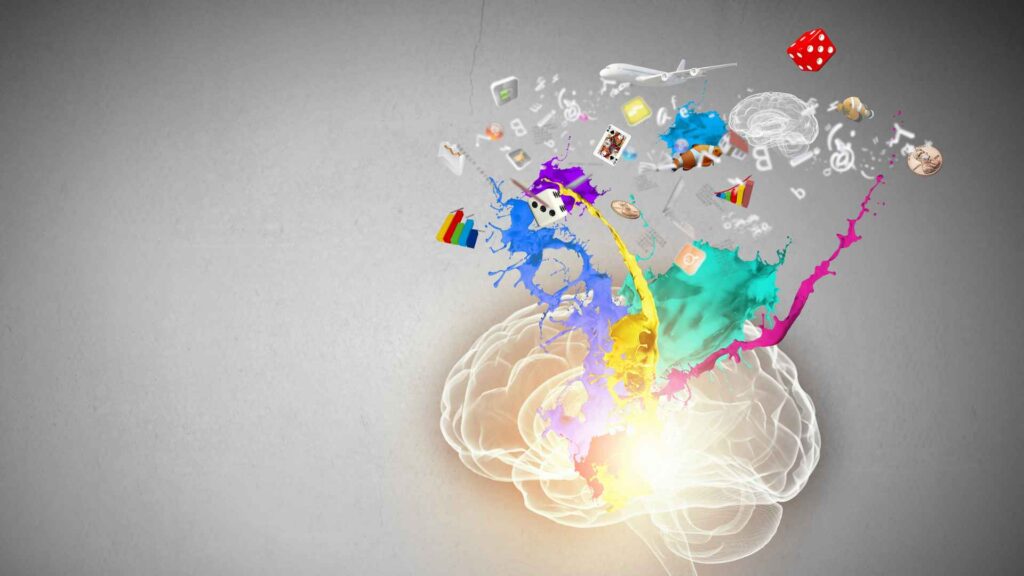Riddles have a way of sparking curiosity, and the question “What occurs twice in a week, once in a year, and never in a month?” is no exception.
This guide dives into the riddle, revealing its meaning, exploring its structure, and delving into why riddles remain an integral part of human culture.
Breaking Down the Riddle
Riddles are puzzles that challenge our understanding of language, logic, and perception.
- Understanding the Question:
This riddle plays on semantics and logic, making it seem like it references time intervals.- “Twice in a week” suggests something recurring.
- “Once in a year” narrows the possibilities.
- “Never in a month” implies exclusivity.
- Clues Within the Riddle:
- The focus on words hints that the answer might be tied to letters or linguistic elements.
- It isn’t literal but plays on abstract reasoning.

The Answer to the Riddle
The answer is the letter “E”.
- Explanation of the Answer:
- “E” appears twice in the word “week.”
- It appears once in the word “year.”
- It does not appear in the word “month.”
- Why It Makes Sense:
The riddle cleverly uses wordplay, steering readers away from a literal interpretation and focusing instead on the structure of the words themselves.
The History and Popularity of Riddles
Riddles date back thousands of years and have appeared in cultures worldwide.
- Origins of Riddles:
- Ancient civilizations like the Sumerians and Greeks used riddles in storytelling.
- The Sphinx in Greek mythology posed one of the earliest famous riddles.
- How Riddles Evolved Over Time:
- From oral traditions to written formats, riddles became part of literature.
- In modern times, riddles are popular in escape rooms, puzzles, and social media challenges.

Types of Riddles
Riddles vary in complexity and style.
- Logic-Based Riddles:
Require reasoning and critical thinking to solve. - Wordplay Riddles:
Depend on the interpretation of language, like our featured riddle. - Visual Riddles:
Often presented as images or puzzles, they challenge spatial reasoning.
Why Riddles Are Important
Riddles offer benefits beyond entertainment.
- Cognitive Benefits:
- Improve problem-solving skills.
- Enhance memory and creativity.
- Social Interaction and Fun:
- Encourage group discussions and collaborative thinking.
- Serve as icebreakers in social settings.
Solving Riddles Effectively
To solve riddles, consider these strategies:
- Tips for Approaching Riddles:
- Read the riddle multiple times to catch hidden clues.
- Think outside the box and challenge assumptions.
- Common Pitfalls to Avoid:
- Taking the question too literally.
- Ignoring linguistic or contextual clues.

Famous Riddles Similar to This One
Explore other intriguing riddles:
- The Sphinx Riddle: “What walks on four legs in the morning, two legs at noon, and three legs in the evening?” (Answer: A human)
- I Am Not Alive But I Can Grow: A riddle about something non-living yet dynamic. (Answer: A fire)
The Role of Language in Riddles
Riddles heavily rely on the nuances of language.
- Importance of Semantics:
The double meanings in words like “week” and “year” add depth to riddles. - Word Usage in Riddles:
Clever phrasing forces solvers to think creatively and spot hidden patterns.
Teaching Riddles to Kids
Introducing riddles to children fosters learning and fun.
- Fun Ways to Introduce Riddles:
- Use riddles in storytelling or bedtime routines.
- Play riddle-solving games during family time.
- Benefits for Young Minds:
- Enhances language skills and logical thinking.
- Boosts their ability to tackle challenges creatively.
How Riddles Are Used in Modern Media
Riddles appear across entertainment mediums.
- Riddles in Movies and Literature:
- Examples include the Riddler in Batman and riddles in fantasy novels like “The Hobbit.”
- The Digital Revival of Riddles:
- Social media challenges and online quizzes have made riddles trendy again.
Creating Your Own Riddles
Crafting riddles can be rewarding.
- Steps to Create a Riddle:
- Choose a theme or concept.
- Use wordplay or double meanings.
- Examples of User-Generated Riddles:
- “I’m light as a feather, yet the strongest man can’t hold me for long. What am I?” (Answer: Breath)
Riddles as a Tool for Education
Riddles are effective educational tools.
- Enhancing Problem-Solving Skills:
- They teach students to analyze and interpret information.
- Engaging Learning Methods:
- Teachers use riddles to make lessons interactive and fun.
FAQs About the Riddle
- What is the answer to the riddle?
The letter “E.” - Why is “E” the answer?
It appears twice in “week,” once in “year,” and never in “month.” - Are riddles like this difficult?
It depends on your familiarity with wordplay and abstract thinking. - Where can I find more riddles?
Books, websites, and apps are excellent sources. - Can riddles improve intelligence?
Yes, they enhance problem-solving and cognitive skills. - Why are riddles still popular?
They’re timeless, blending fun and mental stimulation.
Conclusion
Riddles like “What occurs twice in a week, once in a year, and never in a month?” highlight the beauty of language and creativity.
Embrace riddles to challenge your mind, foster creativity, and enjoy a timeless form of entertainment.
